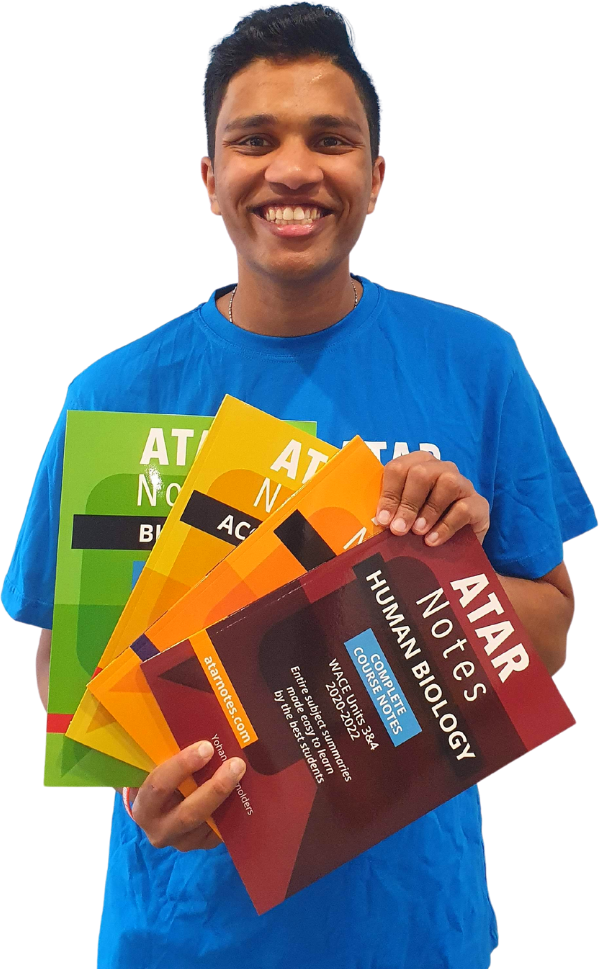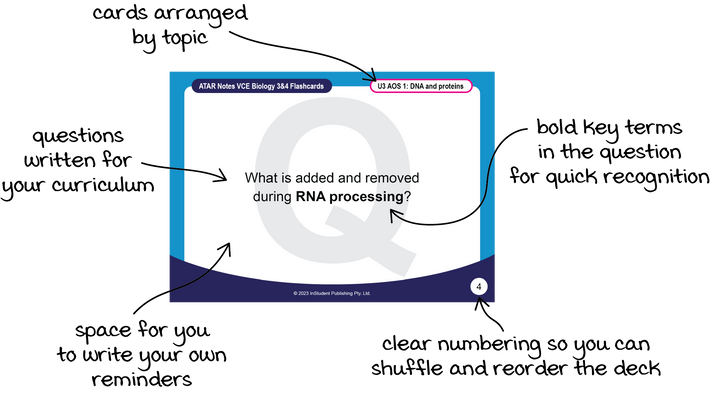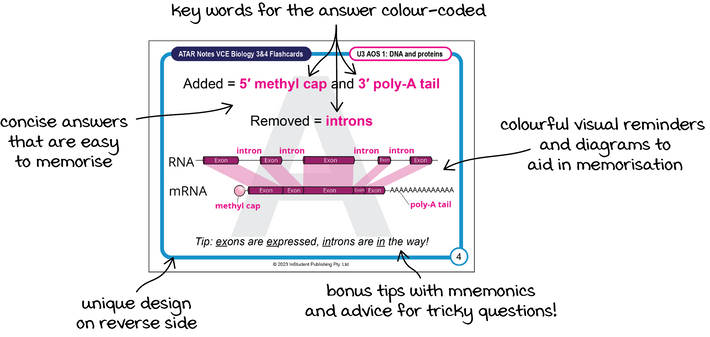Free shipping on orders over $75

The ATAR Notes Flashcards are specially designed to boost active recall. This means you practise making mental connections between questions and answers so that your brain is full of active neural pathways that enable you to easily recall the information in future.

Consists of a clear, concise, syllabus-aligned question targeting your active recall for you to test yourself (or get a friend to test you!)

Featuring highlighted key words that clearly outline the most important information as well as helpful diagrams and memorisation tips
5.0 / 5.0
(4) 4 total reviews
4.75 / 5.0
(4) 4 total reviews
3.67 / 5.0
(3) 3 total reviews
4.5 / 5.0
(2) 2 total reviews
4.67 / 5.0
(3) 3 total reviews
5.0 / 5.0
(1) 1 total reviews
Read on for more tips to help you in your flashcard journey – are you a beginner or advanced flashcard learner?
Never used flashcards before? Just starting out on your revision this year? Have no fear! We’ll walk you through things step-by-step so you’ll be learning and memorising in no time!
Once you’ve got your flashcards, go through the deck of topics you’ve started learning in class. Read each question, try to think of your answer, and then flip the card for the correct solution. You’re not trying to test yourself too hard, and you probably won’t get the wording of the answer 100% right on your first round. This is just to get you familiar with the material.
Now is when your testing begins! Shuffle the deck and pick up a question. Read it carefully, paying close attention to the bold key terms. Next (and this is the most important part!) say your answer out loud! Instead of simply reading the flashcard, try to actively recall the information and say your answer before flipping it over to check. This method has been shown to be more effective than simply reading it in your head. It’s too easy to lie to yourself and think “I was close enough” or “I basically knew that.” You have to say the answer out loud for it to count! If in doubt, or if your answer wasn’t completely correct, keep the card in your main revision deck and keep practising.
To maximise the effectiveness of your flashcards, you can use the Leitner System to guide the frequency of your revision. Start by going through all of the cards every day. When you get an answer right, you can move that card into a new stack which you will only revise every two or three days. However, if you get an answer wrong, keep the card in the ‘every day’ stack until you get it right! Repeat this process with a new stack that you revise every week, and then once a fortnight. This ensures you are focusing on the cards you find trickiest while gradually moving more and more cards from your short-term memory to your long-term memory!
This can be a friend in your class or a parent or sibling – they don’t have to be familiar with the content in order to test you! The most important thing they can do is provide accountability
(... as well as make studying more fun). It’s easy to tell yourself “I totally would have gotten that answer right” but if you need to say your answer out loud to another person, you’ll find it much easier to work out what you still need to revise. Your testing buddy can also give you helpful hints if they’re in a generous mood, or point out part of an answer you’ve forgotten if they’re a harsh marker!
Research has shown that spacing out study sessions over time can lead to better retention of information. Instead of cramming all of your flashcard study sessions into one day, space them out over several days or weeks.
Already consider yourself a flashcard pro? Keen to level up your revision? This section is for those in expert mode!
Adding to the flashcards is a great way to enhance your understanding, and the act of writing extra information can also improve recall.
On the question side, you may want to add extra reminders to yourself (or even add on a supplementary question with additional info you want to memorise).
On the answer side, you can add extra explanations like mnemonics, diagrams, or other reminders. You can also craft more detailed answers that you need to learn. Our cards are specifically designed to give you room to add your own notes and personalise your deck.
Use a variety of sources: Instead of relying solely on one textbook or set of lecture notes, use a variety of sources to create your flashcards. This can help you gain a more comprehensive understanding of the material and be better prepared for different types of exam questions.
Mnemonic devices are memory aids that help you remember information. We’ve included a few of these on our flashcards already to get you started, but the best mnemonics will always be the ones you come up with yourself – the sillier the better! You could create acronyms, rhymes, or associations with real-life people and events. Write these on the answer side of your flashcard and see if you can remember the mnemonic device just by looking at the question. This will make it even easier for you to recall the answer and further strengthen the neural connections in your brain!
Rather than studying one topic at a time, shuffle your flashcards to put your brain to the test. This also helps to mirror the varying order of questions and topics you’ll see in the exam and helps prevent the development of pattern recognition that can occur when studying cards in the same order repeatedly.
Flashcards can be a useful diagnostic tool to identify areas where you need to improve your understanding. Instead of just memorising the information, use the flashcards to test your knowledge and identify areas where you need to focus your studying. Which cards take you the longest to answer, or which part of the answer do you often forget? Critically evaluating your study can be a great way to isolate your weaknesses before assessment tasks.
Once you’ve thoroughly learnt this set, try adding your own into the mix by going through all of your other resources (textbooks, class notes, ATAR Notes books, past exams, etc.) and write your own questions and answers. This is a fantastic exercise to ensure you’ve covered every dot point in the syllabus/study design. You can even trade cards with your flashcard study buddies or create a shared deck for group revision!
